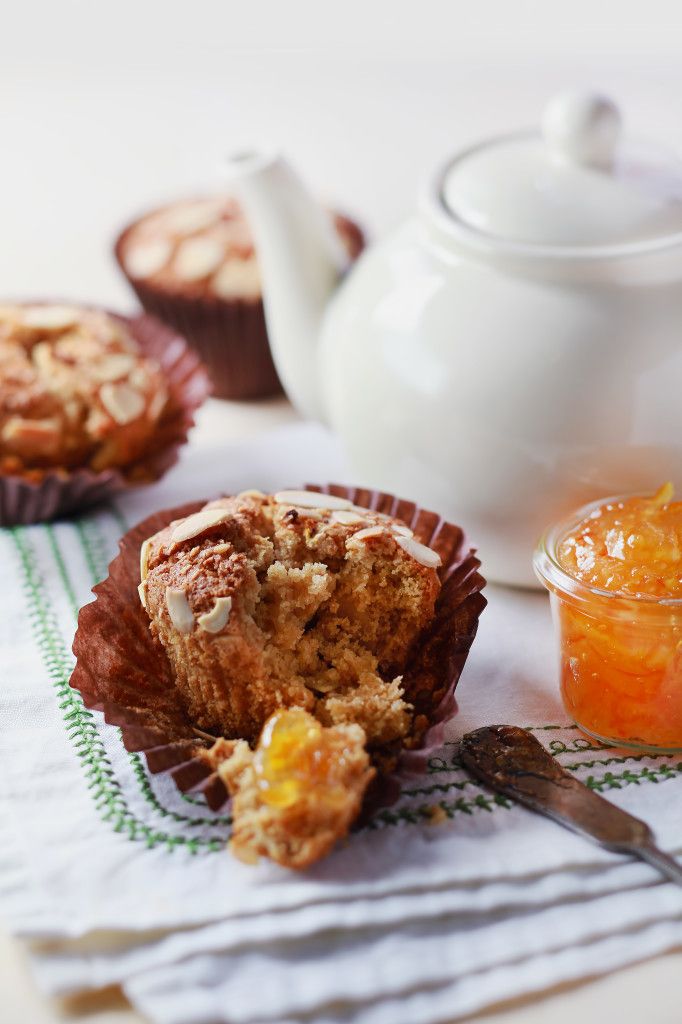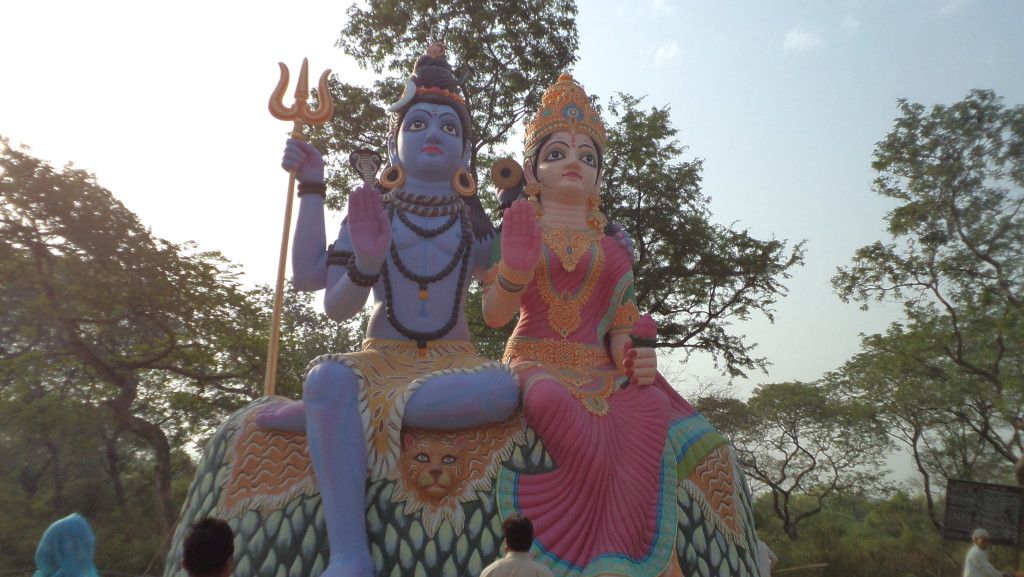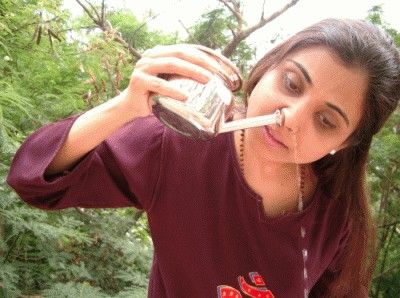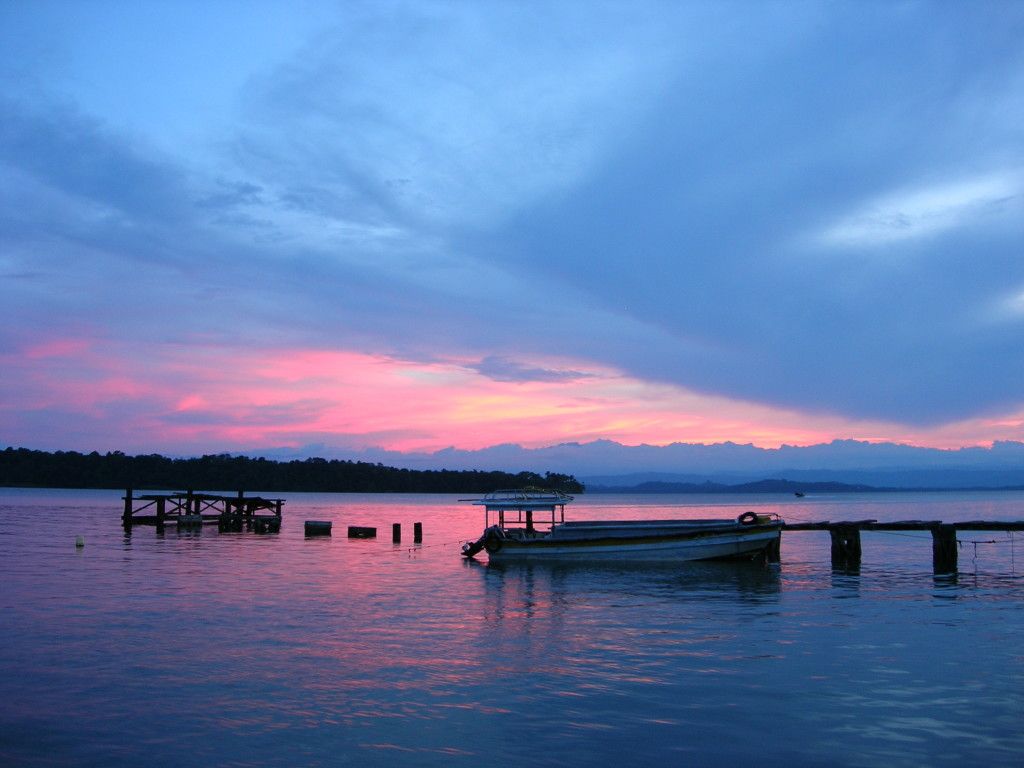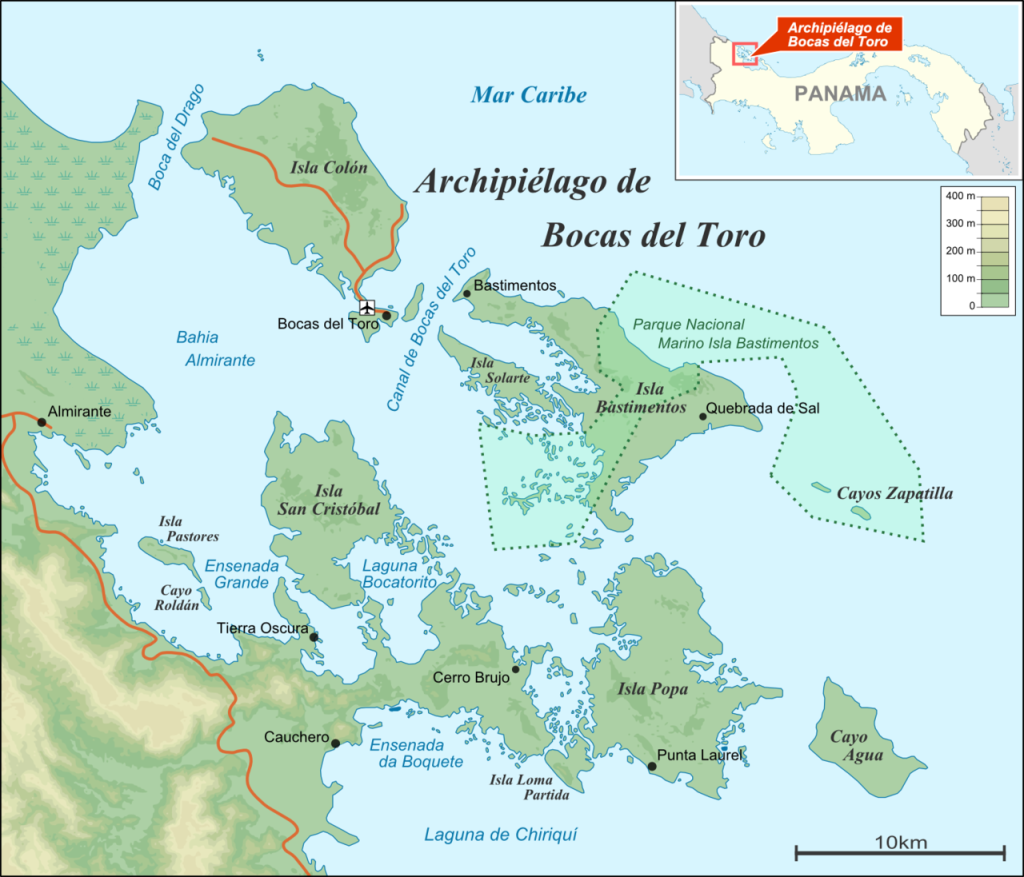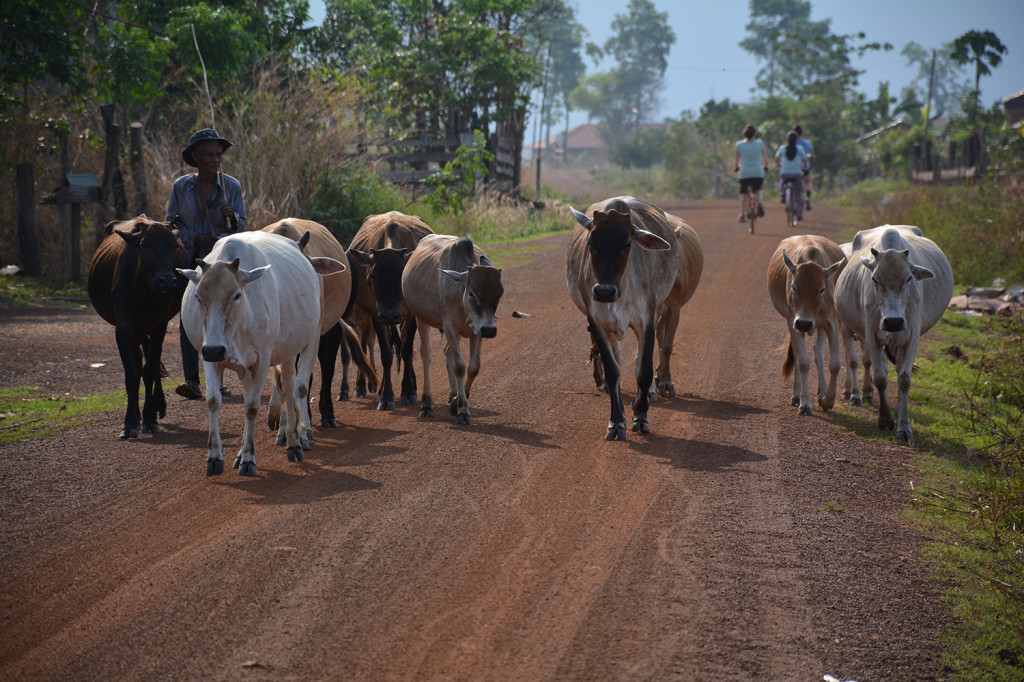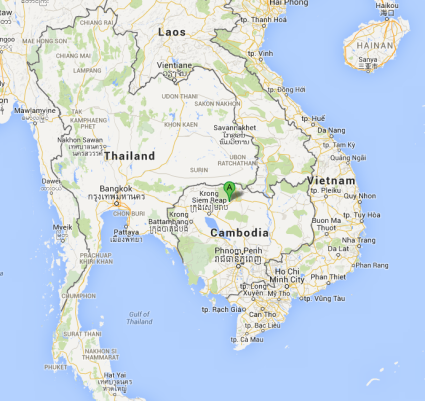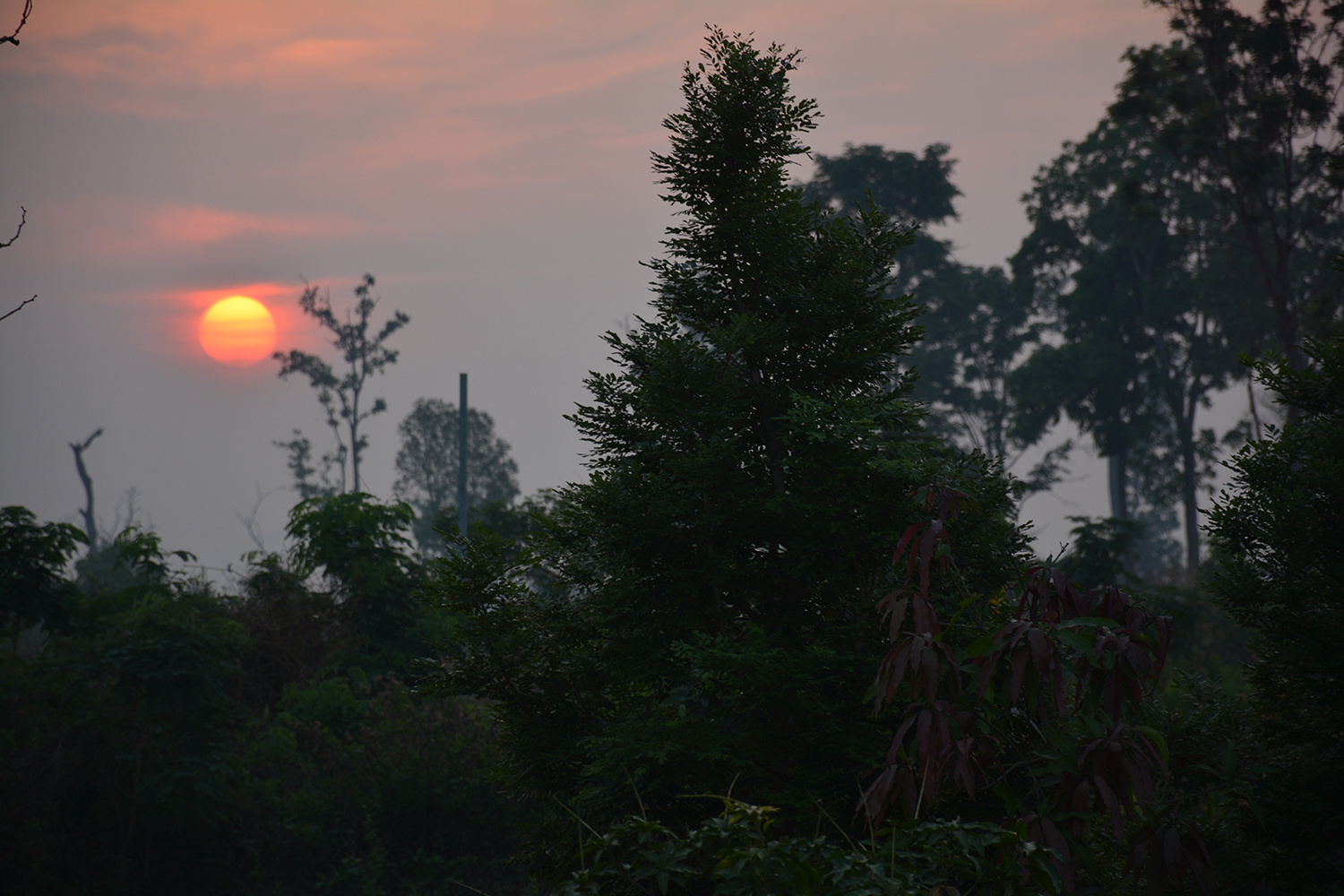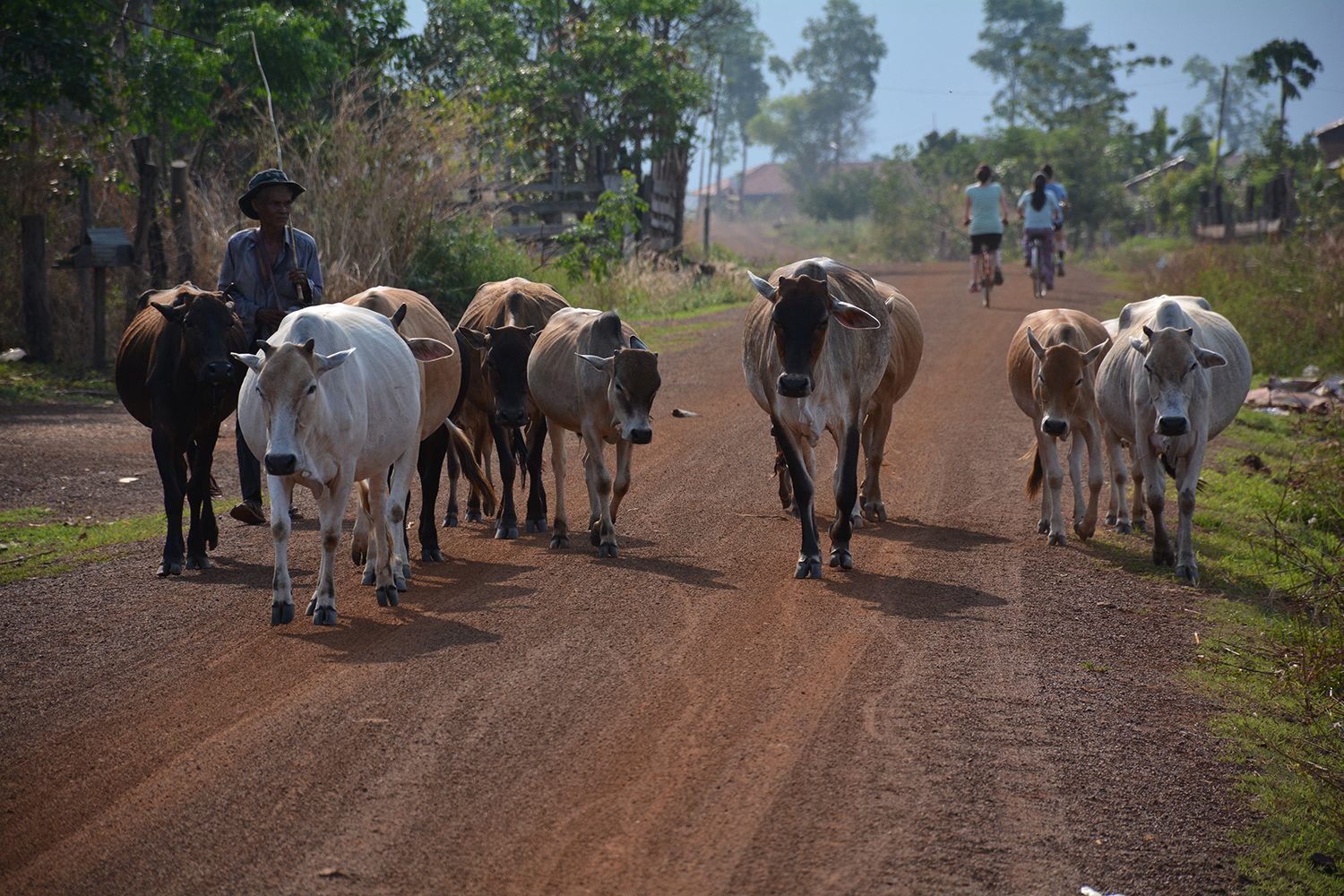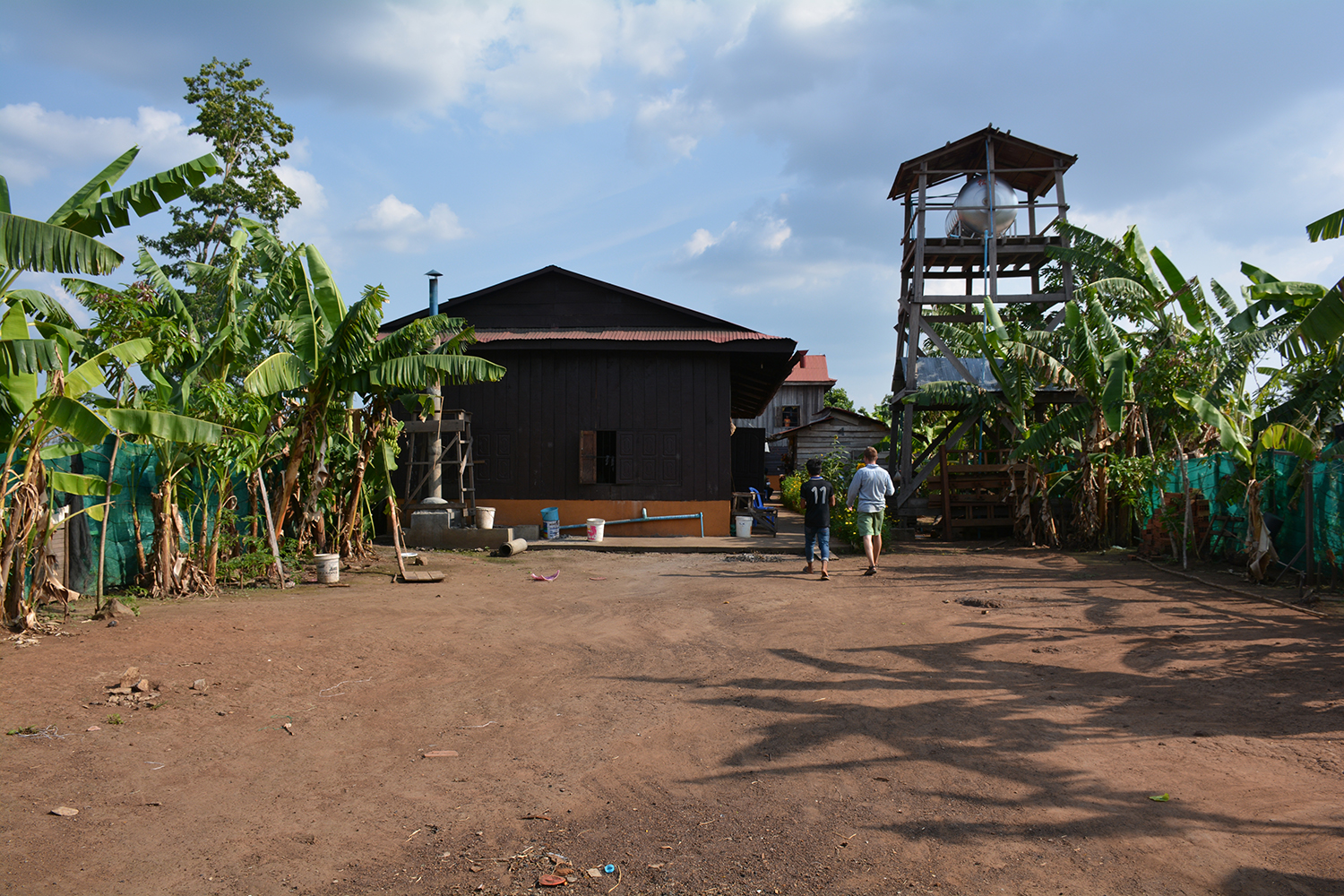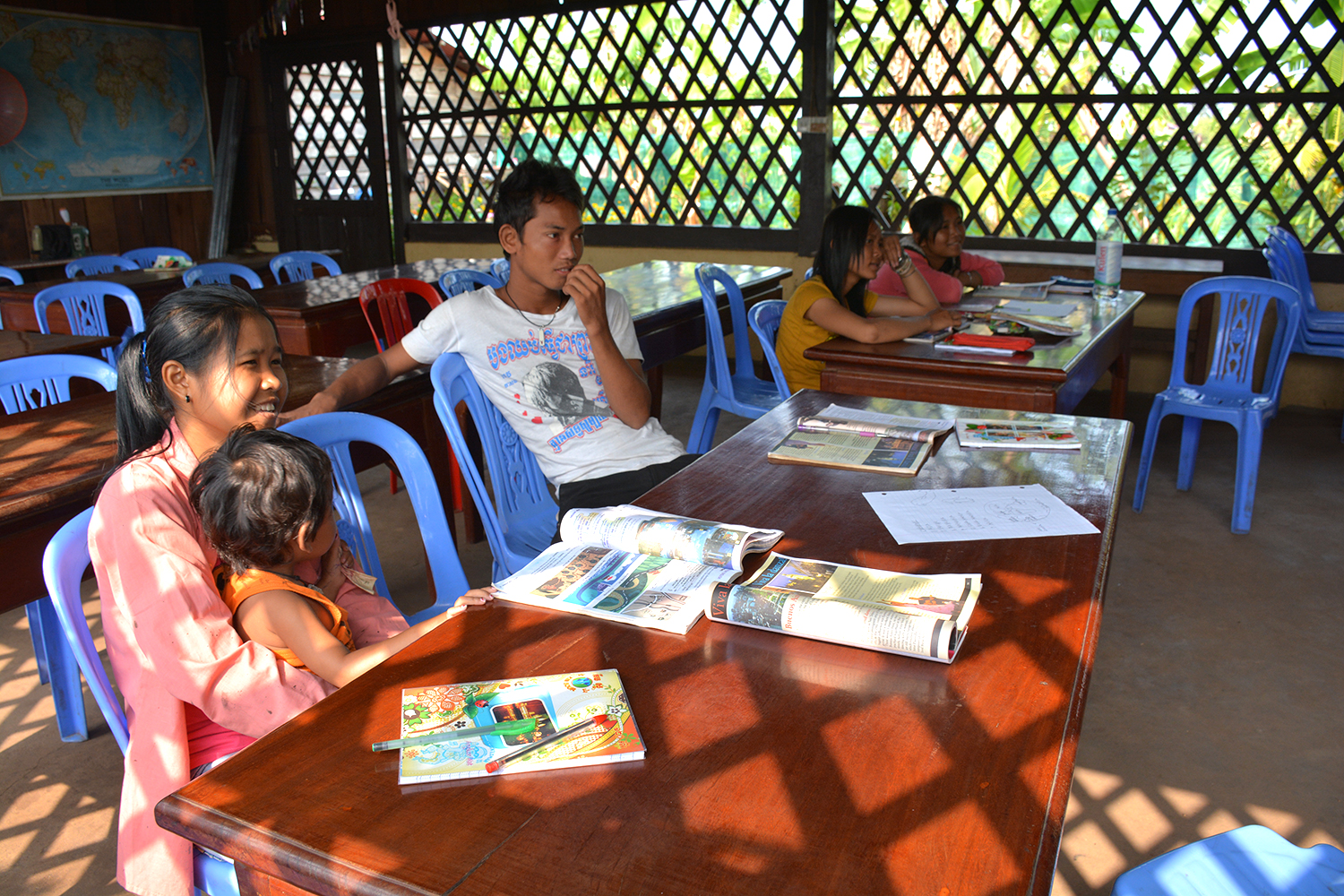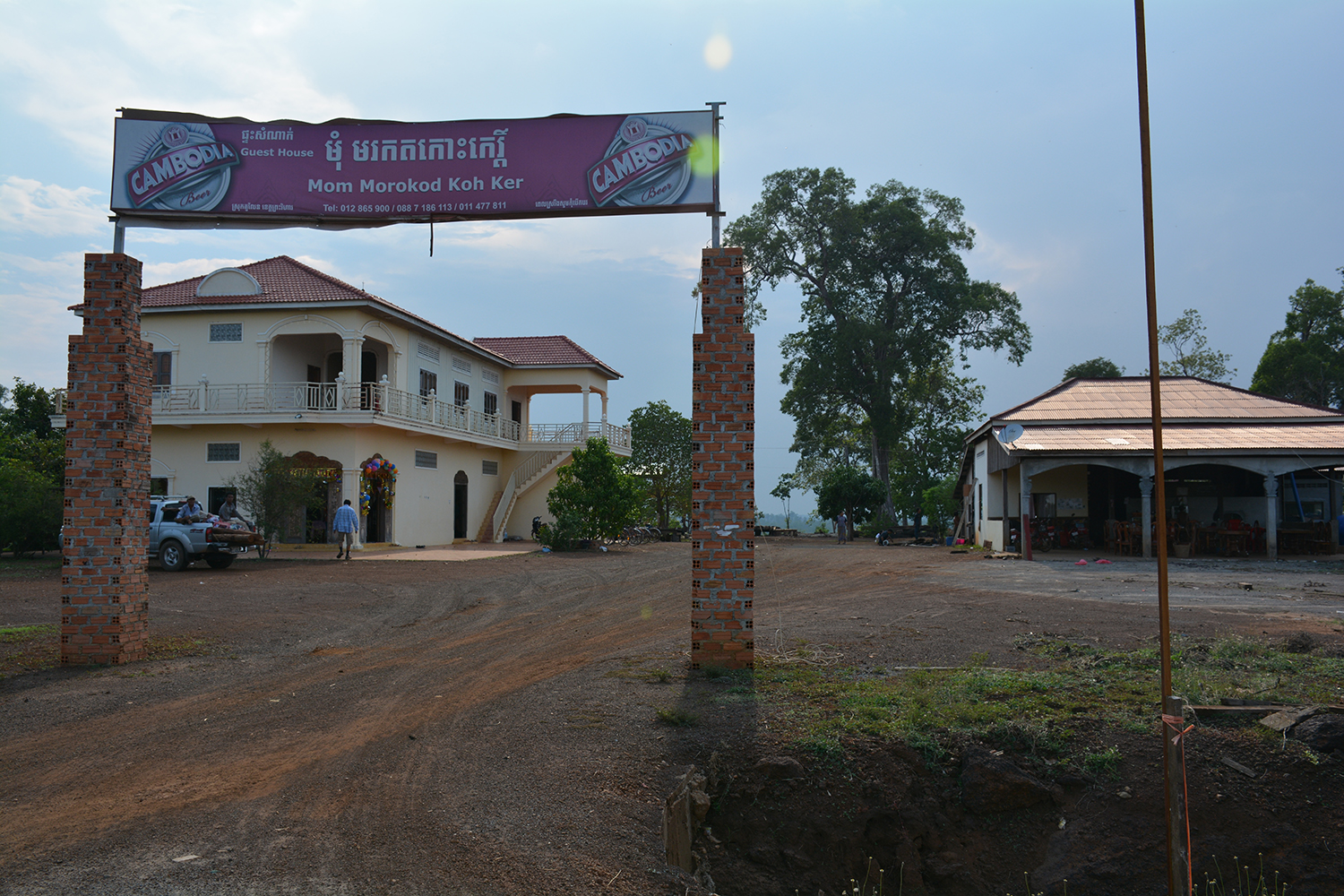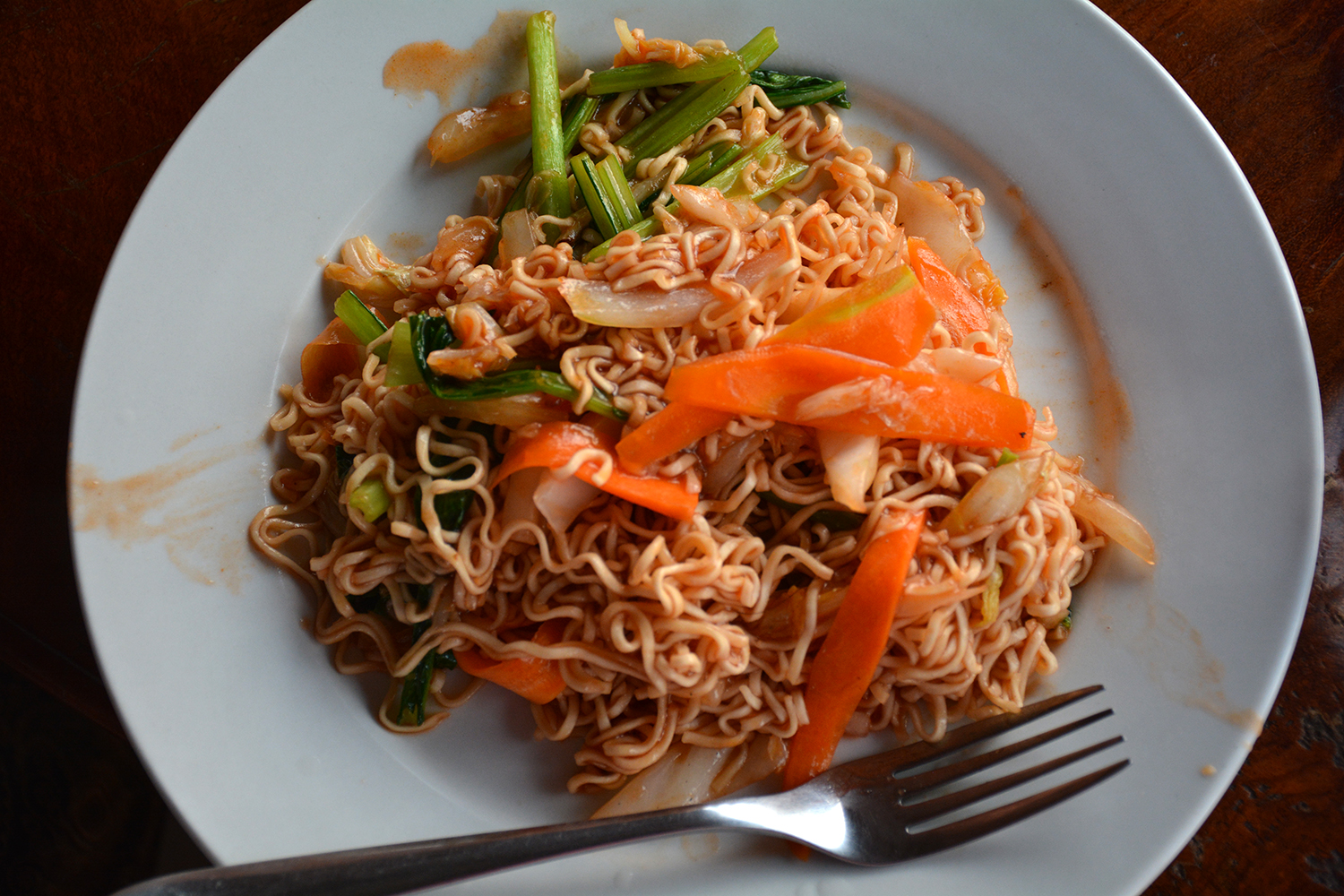Interesting Facts About Bob Marley
I decided to read the critically acclaimed Timothy White biography, Catch a Fire: The Life of Bob Marley because I was hoping to learn more about the man behind the music that has been so deeply moving to me. I became interested after listening to Bob for a few months straight.
Bob’s music has had such an impact on me, it is so powerful.
I started to question the perception of Bob in the US.
I had a funny feeling that the short sited view of Bob Marley in the US was wrong and somewhat disrespectful and dismissive. I thought, “There’s got to be so much more to Bob Marley than a good singer who smoked pot.” Indeed there was.
Here are 11 surprising facts about Bob Marley:
1. Bob Marley once worked as a custodian in the USA.
For a short while, when he was in his early twenties, Bob Marley lived and worked as a custodian in the state of Delaware. Bob did not enjoy the work and eventually quit. I found this to be one of the most fascinating facts about Bob Marley.
2. How Bob Marley met his wife Rita.
One day, before the band had reached it’s pinnacle of popularity, Rita and a group of her friends ran into Bob Marley and The Wailers as they walked to band rehearsal. Rita and her friends continued to join The Wailers as they walked to rehearsal and eventually began hanging out in The Wailers’ studio.
Bob told Rita he was romantically interested in her through a written letter. Rita was shocked as Bob never showed any interest in her previously despite her constantly being around the band.
3. Bob’s real name was Nesta.
Nesta is Jamaican for ‘messenger’. Bob Marley was actually born Nesta Robert Marley, but inverted the first and middle name when he came to the United States, with his full name becoming Robert Nesta Marley. His mother, Cedella, chose this name because she had visions of his birth and believed he was blessed by God. All his family and friends referred to him as ‘Nesta’ growing up. In his later teenage years, Bob preferred being called ‘Bob’ because it made him sound more like a professional musician.
4. Bob Marley never fired (or even touched) a firearm.
Despite all the violence in Jamaica, it is believed that Bob never fired a shot. This is the one of the facts about Bob Marley that researchers are 99.9% certain of.
5. Before his death, Bob traveled to Germany to be treated by a controversial Oncologist.
The German oncologist extended Bob’s life by 6 months, more than anyone thought possible.
6. Bob’s estate was valued at $30mm at death.
There are ongoing battles over publishing rights to Bob’s records and to who rightfully owns the money in the estate. This is one of the facts about Bob Marley that was discussed in White’s book ad nauseam.
7. Bob Marley was seen as a brilliant child.
Bob was seen as the most intelligent child in his age group and often made prophetic statements that later became true.
8. When he was 5 years old, Bob Marley’s family had no idea of his whereabouts for one year.
Bob’s father took him to Kingston for schooling, but left Bob with a stranger to fend for himself. Bob’s mother had no idea where he was for one year. Then one day, Bob’s aunt was visiting Kingston and spotted him walking. Even after this, it still took weeks for Bob’s aunt to remember where she spotted him. Once she recalled, Bob’s mother found young Bob who had been staying with a woman for the previous few months. Bob’s mother took him back to the countryside where he was born. This is one of the more fascinating facts about Bob Marley that makes his life even more remarkable.
9. Bob Marley jogged several miles each morning for energy.
Bob was relentless about this habit. He’d wake up early every morning and run outside for miles. He would often drag the reluctant members of The Wailers with him. This was one of my favorite facts about Bob Marley. When I first learned this, it struck me as one of the more surprising facts about Bob Marley but on second thought, I can certainly picture him and the Wailers jogging the Jamaican beaches each morning.
10. In his adult years, Bob rarely slept.
He was always the last one to go to sleep at night and the first one to wake up. Bob only slept for 3~4 hours per night.
11. In 1976, Bob was almost assassinated.
While hanging out at his home in Jamaica, gunmen stormed into the home & opened fire, shooting Bob & his friends. Several died & were critically injured but Bob made it out relatively unscathed.
Summary of Catch a Fire : The Life of Bob Marley
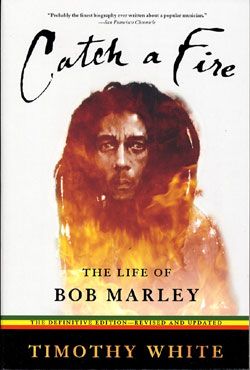
White’s book received applause from critics such as the San Francisco Chronicle‘s assessment, “Probably the finest biography ever written about a popular musician.” Perhaps the recent biographies I’ve read have set the bar too high (Isaacson’s Steve Jobs and Chernow’s Washington) but I disagree with the Chronicle and the majority of critics.
As much as I learned from reading Timothy White’s Catch a Fire, I was left with little sense of Bob Marley as an artist or person. Major life events in Bob’s life are captured, historical and cultural context are prevalent, but I would still like to learn more facts about Bob Marley.
I felt Timothy White did a poor job explaining the writing of Bob’s songs and the inspiration for them. There was very little information on the relationship between Bob and Rita. On the other hand, 1/4 of the book is comprised of dry legal details after Bob had already passed… nitty gritty details about the battles for Bob’s estate.
The reader never really got inside Bob’s head to get a feel for the man. The book offered very little explanation of how a young boy born to an impoverished single mother (in a third world country) was able to popularize a genre of music that was unknown to the world outside of Jamaica in the early 1970s.
Overall, I give this book a 6.5 out of 10. Should you read Timothy White’s Catch a Fire: The Life of Bob Marley book if interested in Jamaica, Bob, Rastafarianism, Bob’s music? Yes…. until I find a better Bob book to recommend to you 😉 But in all seriousness, you will learn a lot of facts about about Bob Marley by reading White’s book but you might be left yearning to learn more.
What did you learn from reading this post?
Can you recommend a resource to learn more facts about Bob Marley?
Please let us know in the comments section!
